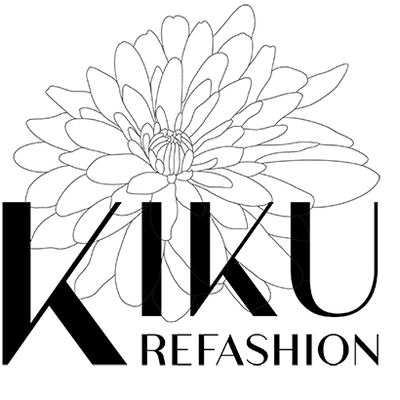February 27, 2023
What is the story behind the iconic kimono sleeves?
Susu Smythe, February, 2023
Women in kosodes with shorter sleeves and length and narrow sash around the hips
The long flowing sleeves of the traditional kimono are essential to the iconic design of what we consider to be a “kimono”. These long sleeves are beautiful canvas for artistic work and are fascinating to watch when a woman moves gracefully in her kimono. However, the beauty of the sleeves comes with a cost of practicality. Generally, on women’s kimono, the sleeves are only attached at the shoulder in order to accommodate the wide obi. As a result, the sleeves swing forward and get in the way whenever the wearer leans forward, making many activities difficult. The Japanese have special cords to tie these sleeves when working.
The history of the kimono starts with China. The Japanese were enthusiastic adopters of all things Chinese initially and then gradually these Chinese objects were adapted, modified and morphed into fully Japanese interpretations. “Sode” means sleeve and kosode means small sleeve. The kosode initially was a white silk undergarment that was worn as the first layer of the junihitoe which was a very ceremonial outfit worn at the imperial court. The junihitoe means twelve layers and has multiple layers of unlined robes (hitoe) of different colors.
Kosode Furisode Tomesode
“Small sleeve” “Swinging sleeve” “Fastened sleeve”
The kosode was a small sleeved robe that over time became an outer garment that was universally worn by men and women with a narrow sash. The kosode was worn from around 800 until the 19th century when the kimono fully supplanted it. Not only were the sleeves smaller but it was also considerably shorter in length and was fastened closed by a narrow sash. A woman’s kimono uses a wide obi that hides the overlapping folds that adjusts the kimono’s five foot length to the wearer’s actual height. The look of the kosode was one of a low waisted fastening at the hips whereas the kimono and its obi wrapping is one of a cylinder showing no curves at the hips, waist or bust.
Furisode means swinging sleeves and historically was initially worn by young girls and young boys. The furisode evolved into an exuberant gown of bold colors and long flowing sleeves worn by unmarried women to very formal events. Its brilliance and elegance drew attention to the wearer and her eligibility for marriage.
The tomesode in contrast is much more subdued. The word tomesode means fastened sleeve. Historically, when a woman married the sleeves of her furisode were reduced to a much smaller sleeve and the sleeve was attached to a greater extent to the body of the kimono and all such refashioned kimono were called tomesode and were worn by married or widowed women. Today, tomesode refers to only two types of kimono, both of which are a solid color with the design located only around the hem. The kuro-tomesode is black and is worn to formal events (other than at the imperial court) and to weddings. At weddings, the kuro-tomesode can only be worn by close relatives of the bride and groom. The kuro-tomesode cannot be worn at imperial court events because black is associated with mourning. The iro-tomesode is non-black tomesode whose color is generally a subdued or pastel one. The rank of a tomesode is based on the number of kamon or mon (family crests) that are located in the shoulder area of the sleeve and the back. The highest ranking tomesode has five crests and lesser ranked ones have three or one crests.
Kiku refashioned kimono and haori jackets
The evolution of kimono sleeves follows the history of traditional Japanese clothing moving from function to art, from every day wear to ceremonial dress. Kiku (www.kikurefashion.com) brings vintage kimono and haori jackets full circle back to the more pragmatic design of the kosode with smaller sleeves and shorter lengths. We want kimono to be celebrated through daily use as wearable art.
https://en.wikipedia.org/wiki/J%C5%ABnihitoe
https://www.definitions.net/definition/tomesode
April 17, 2023 1 Comment
March 23, 2023
March 10, 2023
